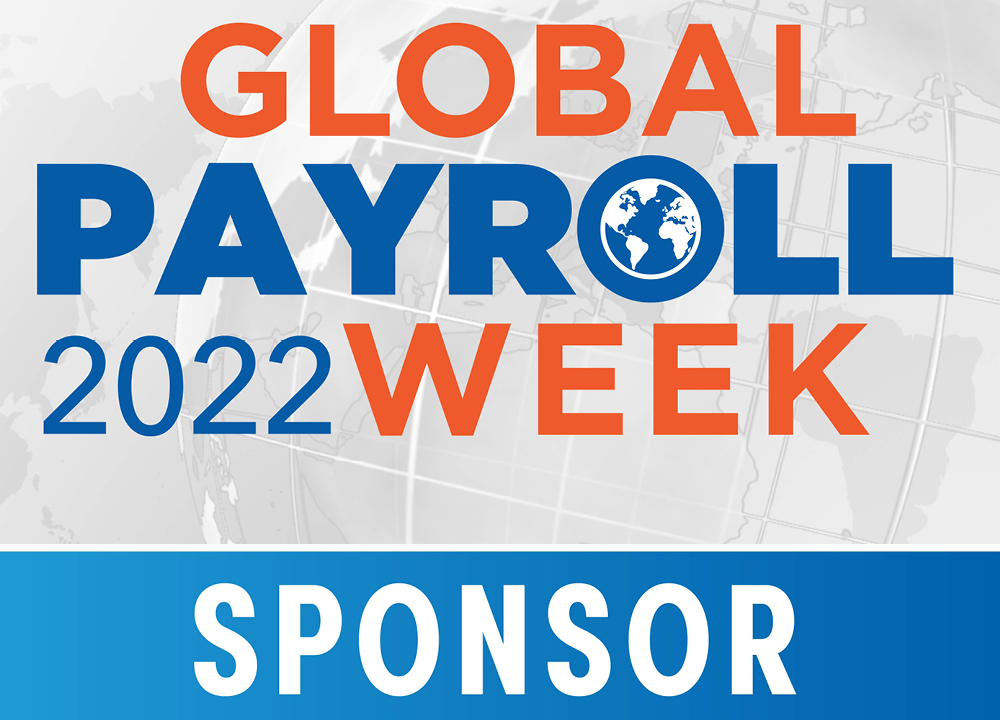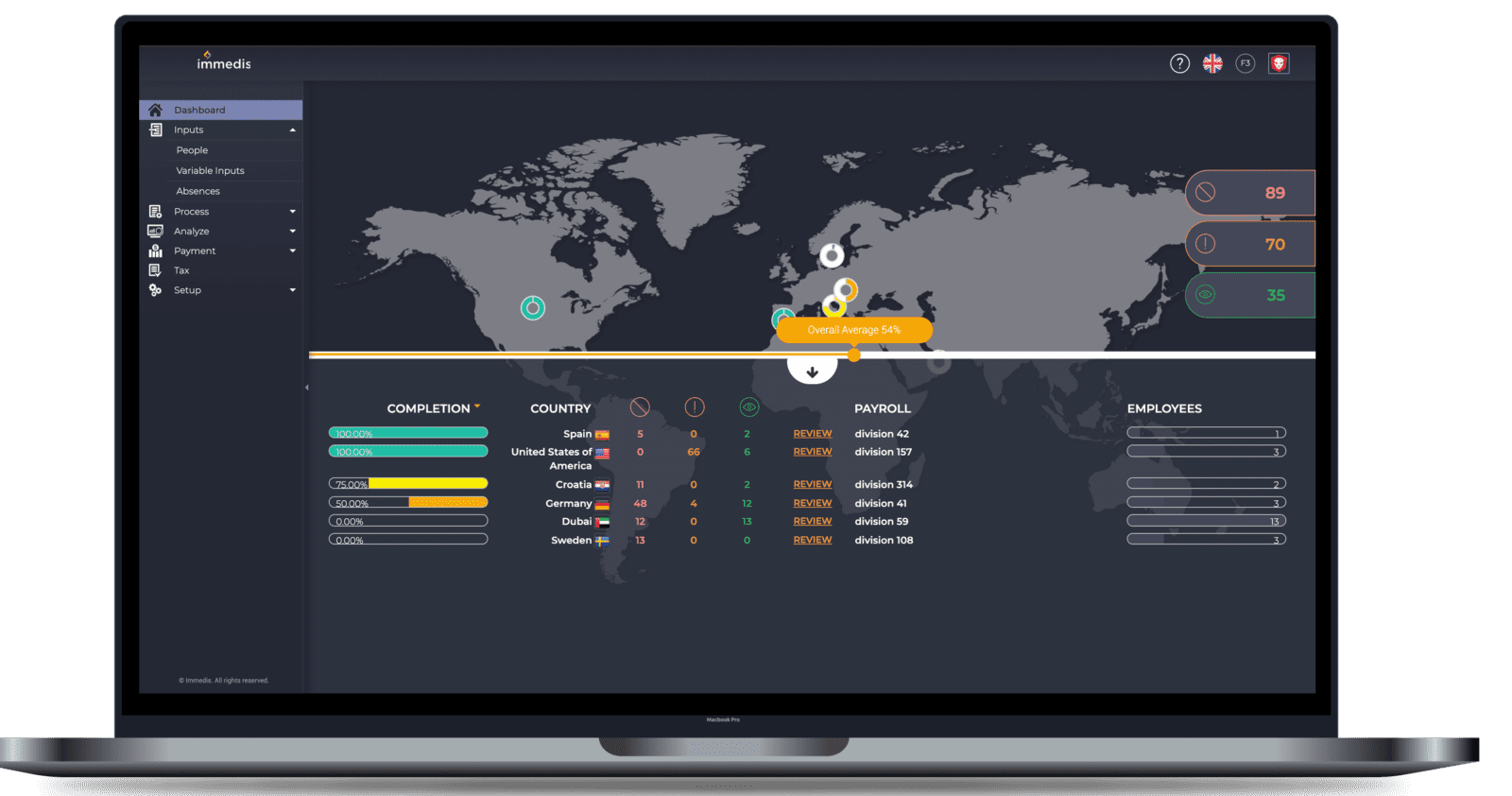Prior to the pandemic, remote working was definitely “a thing” but not on the scale we’ve all experienced for the past 18 months. Then the lockdowns began, and circumstances changed swiftly and dramatically. Suddenly everyone was working from home, their commute replaced with a stroll into the living room and their colleagues now family and the occasional, and in some instances, celebrated, dog or cat. For some, this change brought a welcome respite from the daily time-consuming commute. For others, it brought a whole heap of problems as their domestic broadband struggled with their company’s technology requirements. Most organizations agree that 2020 saw an instant acceleration of their digital transformation journey.
For everyone, it meant a sudden reliance on Zoom, MS Teams, Slack, or whatever platform you use to continue to work and collaborate with your colleagues and customers. While the data suggests that WFH makes people more productive and overall happier, there are still some common challenges. There is a sense of loneliness in some cases, while others miss the feeling of teamwork and collaboration. When people are working on the same project, it is different when you can no longer meet in person to discuss a problem, or a roadblock. There is also the issue of being “always on,” especially prevalent where teams are dispersed globally and people are working at different times. As a result, it is up to organizations to pay particular attention to the measures they are taking to continue to monitor and engage their virtual workforce.
Building blocks for managing and engaging a dispersed workforce
Given that by some estimates, 70% of the workforce will work remotely at least 5 days a month by 2025, now is the time for organizations to build a solid foundation for how they will lead this new working paradigm.
Leverage technology
With teams no longer sharing one office, the key to continuing a sense of proximity is to rely on tools like Slack and Teams to recreate an office environment. People can continue to get instant feedback or fast responses and host virtual conversations to replicate those traditionally held at work. It is also critical to use video as part of these conversations. While not quite the same as in-person, it does at least allow people to see one another and create an air of familiarity even if you have never met the person in real life.
Here at Immedis, we encourage the use of video internally, and it has been hugely helpful in establishing a sense of comradery and has contributed to making our workplace more welcoming and productive. One thing to note is that when relying on video as the channel for communication, there are some points to remember. First off, according to Albert Mehrabian, the spoken words, tone of voice, and body language respectively account for 7, 38, and 55% of the meaning we communicate to others. However, when using the medium of video, we must look for new cues and ways of interpreting what the speaker is saying. In
Erica Dhawan’s book, Digital Body Language: How to Build Trust and Connection, no Matter the Distance, explores in great detail and suggests ways to better understand and communicate in a digital world.
Prioritize internal communications
When employees are no longer in one location, it is essential to promote transparency around the organization’s plans and strategy for the future. Ultimately, I see this new working arrangement as an issue of change management – after all, moving to the home office and setting up entirely new procedures and protocols is essential to navigating this transition successfully. The best way to steer people through challenging and changing times is to maintain open communication lines and to disseminate information in a timely and efficient manner.
No employee wants to hear about company leadership or headcount concerns from LinkedIn. Ensure that any changes are shared internally in several different formats to avoid employees feeling left out or taken by surprise. HR and payroll departments have a particular responsibility in this area. People can feel adrift around benefits questions or time & attendance, and where usually they might drop by the HR office, this option is no longer available. Therefore, employees must have a way to access this information and a way to submit questions relating to their pay and benefits.
Build a virtual culture
Use the tools available to recreate some of the events that would have taken place in the office. For example, use MS Teams or platforms like ON24 to host lunch’n learns, or social activities such as quizzes, or invite guest speakers to share knowledge. We have enjoyed multiple learning sessions- one that sticks out covered the issue of time management and how to reduce your meeting times by 15 mins to ensure that you don’t spend all day in meetings and to guarantee a break between each. We’ve also had guest speakers covering mindfulness and dealing with anxiety, and we even had a magician for an online Christmas party!
Look for feedback
Moving to remote working and a virtual office environment is new to most organizations. Consequently, requesting feedback and getting some sense of what employees are feeling is crucial. Consider doing regular pulse surveys to find out if and where there are problems and then drill down if you sense there is an issue. You can also gather onboarding NPS scores, asking new hires for their thoughts on how well you helped them get up and running. Starting with a new company during this time presents its unique challenges, but the best way for organizations to overcome them is to understand what they are and then plan and react accordingly.
Change the performance review
The idea of having only one meeting a year to discuss performance was already considered insufficient before Covid-19. Most leaders and employees accept that constant communication around expectations and objectives is key. Ideally, they need to be delivered in person and in writing, so if people have questions, they can refer to the follow-up email.
When you are doing a remote performance review, remember to consider the following:
- Make the normal body language more overt
- Demonstrate that you are listening
- Create an ongoing conversation around their future – not one and done
- Need to be crystal clear on objectives
- Be aware of issues with judging things like visibility – a working parent might not make all the calls but could be brilliant and get their work done
- Link employee behavior to company values, this is especially helpful if there is an issue with employee performance
- Follow everything up with written notes about the meeting, reiterate the objectives and expectations, repeat any praise, and document any areas for improvement, including training support.
Optimize the payslip
While there is no guarantee that employees will open any communications from leadership or their manager, the one document we all open is our payslip. Therefore, this makes it ideal for an organization to utilize it as a means of communication. The subjects can range from financial wellness to professional education, jobs, company culture messaging, words from the CEO, gift cards, and upskilling opportunities like leadership training available. The scope is extensive, and it will depend on your industry, but given its potential, I believe the payslip is an incredibly powerful but underused line of communication.
For additional tips and guidance, please take a look at these CIPD resources.
Editor's note: This post was originally published on May 20, 2021, and updated on October 26, 2021.




